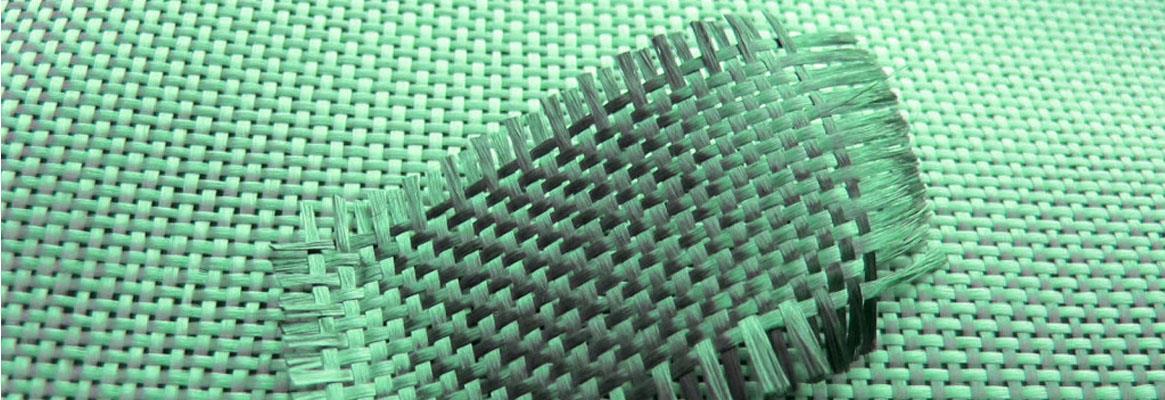Ziya Shaikh discusses the concept of a smart textile system with a refillable mechanism that can be reloaded multiple times with mosquito repellents.
Humankind has witnessed evolution in fashion and textiles from leaves and raw-untreated animal skins in the Stone Age to micro-encapsulated and space age materials. The development and design of these materials depend on several factors, including socio-cultural norms, comfort, environment and climate. The primary purpose of advancements in this field has always been protection, in one way or the other. A report by the World Health Organisation (WHO) claimed mosquitoes to be the deadliest and most dangerous species on planet in terms of human deaths. In 2015, 438,000 malaria-related deaths were reported globally. The incidence of dengue has reportedly increased 30 times in the last three decades. Several countries are reporting their first outbreaks of mosquito-borne diseases such as zika, dengue, chikungunya and yellow fever.
Traditional methods use repellents in confined spaces that cannot be fully relied upon. Moreover, repellents have harmful side effects. Another popular option is to apply mosquito repellent creams. Dengue causing mosquitoes are active during daylight when most people are working or outdoors. Mosquito repellent creams are not always comfortable to apply then.
With the ever increasing cases of resistance of mosquitoes to repellents, several groups have tried incorporating new repellents into fabrics. There is an urgent need to direct the evolution of textiles and fashion technology to address this issue. There have been several efforts towards designing smart textiles that can prevent mosquito bites. Microencapsulation has been commonly used. However, these methods are prone to drawbacks like non-sustainability and lack of reusability. Another approach uses microbeads, which again are costly and tedious. This restricts the use of conventional microbeads and micro-capsules for practical day-to-day applications.
The solution proposed by our research team adds the necessary advantages of in-trend micro-encapsulation technique and gets rid of their drawbacks.
The proposed idea is to use a smart textile system that incorporates a refillable mechanism that can be reloaded multiple times with mosquito repellents on the go, controllable by the user. This work demonstrates the superiority of sustainable smart textiles to be used as a platform for mosquito repellent technology.
Making use of shape memory polymers (SMPs) for this purpose, the concept is new and gives the user the advantage to control the release of repellent multiple times, depending on need. SMPs are smart textiles having a specific shape that is stored in their 'memory', which when subjected to external stimulus like heat, magnetic or electric field, change and return back to their 'memory' shape when the stimulus is removed. The patent for the same is under process.
This technology has application in other fields as well. Similar technology can be used for fire-resistant, heat-resistant and de-odourising fabrics. In addition, the concept has biomedical applications such as self-healing, sustained drug delivery systems, targeted drug delivery and targeting cancer cells.
These pseudo capsules are much cheaper than the micro-beads and micro-capsules, which can be used only once. The polymers could be bio-compatible. This makes those a suitable candidate for daily use.
May be in near future we will be wearing clothes that with a press of button will start repelling mosquitoes, remove odour and do a lot more.








Comments